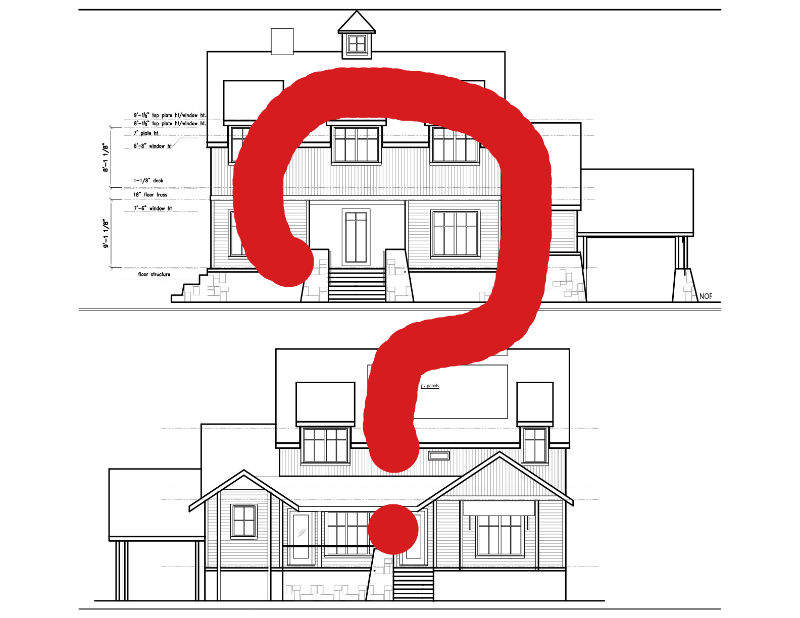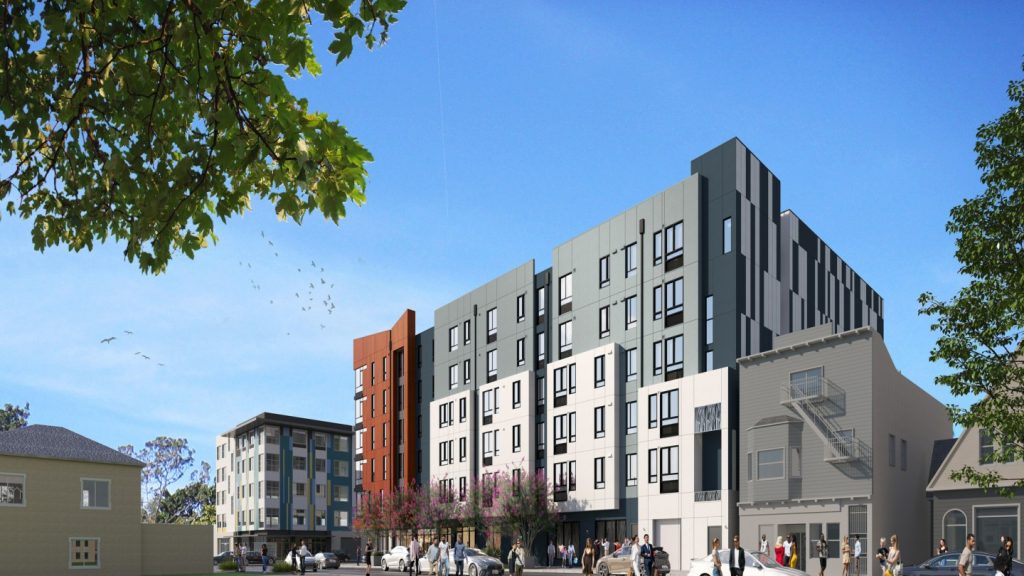
“Over decades our influence as a profession and the amount that we are valued has been seriously undermined”. Those were the words of Ben Derbyshire, speaking to the Architects’ Journal, in one of his first major interviews since being elected RIBA president last September.
They reflect a view common among architecture professionals in 2018. Whereas in the past, architects were known as ‘master builders’ – taking projects from inception to completion – today many feel they possess little impact or influence over what ultimately gets built.
“Certain firms have had to disengage and take their names of off projects entirely because they had no voice when construction went forward,” says Daniel Cashen, associate at SOM.
The marginalisation of architects
PQ: “If architects can stay with a project from the early design stage through to opening the front door on the day it is completed, that’s incredibly motivating.”
Why has this happened? Many point the finger at changing delivery and construction methods, which have shifted decision-making power away from architects and towards contractors. Architects often have little influence over construction, and design elements are increasingly divided between dozens of firms.
“You see on many projects up to five or six different architecture practices involved,” says Chris Darling, managing director of Darling Associates. “There may be an initial design architect, an interior architect, a facade specialist, a delivery architect and so on. There is very little continuity.”
How well do you really know your competitors?
Access the most comprehensive Company Profiles on the market, powered by GlobalData. Save hours of research. Gain competitive edge.

Thank you!
Your download email will arrive shortly
Not ready to buy yet? Download a free sample
We are confident about the unique quality of our Company Profiles. However, we want you to make the most beneficial decision for your business, so we offer a free sample that you can download by submitting the below form
By GlobalDataThis can be frustrating for many architects who view their role in broader terms and want to see projects through to fruition, Darling adds.
“Architecture is more than a nine-to-five job,” he says. “People get passionate about their projects and feel a sense of ownership. If architects can stay with a project from the early design stage through to opening the front door on the day it is completed, that’s incredibly motivating.
“If you are discarded after you’ve got planning permission or you lose a retendering process at the point it goes into production, the reverse is true.”
While having a contractor in charge of a project rather than an architect can mean quality and design play second fiddle, the results aren’t always negative, says Laurence Osborn, director at GRID Architects.
“I don’t believe this alliance with contractors should be feared by architects,” he says. “We have found that the contractors we’ve worked with have a healthy respect for the architect, as they do for the designs we produce. This reputation is filtered back to our clients and can result in new planning work.”
New technologies reshaping the role of architecture
PQ: “We are inviting the users much deeper into the process. It becomes a co-creational process where the client is taking part in actually shaping their environment.”
If the role of the architect has changed negatively in some areas, new technology has reshaped it for the better in others. One of the most interesting new technologies to emerge in the past few years is virtual reality (VR), which allows clients to visualise and experience buildings in more detail than ever before.
“We can quite early on start producing realistic visualisations of how spaces will work, giving clients a glimpse of what their buildings will look like in three dimensions,” says Julian Weyer, partner at C.F. Møller.
As well as changing the role of architects during design presentations, VR encourages clients to become more engaged in the design of buildings, according to Weyer.
“We are inviting the users much deeper into the process,” he says. “It becomes a co-creational process where the client is taking part in actually shaping their environment.”
For Cashen, VR is also forcing architects to play the role of curators. Before showing clients a 3D representation for example, they must ask themselves how complete or feasible a particular design concept is, and how much should be shown.
“We are at a point where there is incredible demand and expectation from clients, who know these platforms exist,” Cashen says. “The question is how do we carefully navigate the waters and make sure we don’t reveal too much too early when things are not fully baked. It is about curating what you reveal.”
In the past few years, new tools have allowed information to be shared across design platforms such as BIM, Revit, Rhino and AutoCAD, empowering architects to focus more on design and less on translating data from one platform to another. Going forward, Cashen says he expects architects to focus their efforts even more on design.
“Cloud-based technology is enabling near instant feedback loops which is helping us do very complex analysis very quickly,” he says. “The emergence of strategic artificial intelligence components, integrated into our software platforms, will also lessen the burden and hopefully augment us as designers.”
Whether this makes architect’s designs better or worse remains to be seen however, Cashen adds.
“When architects drew by hand and everything was manual, there was a more thoughtful and more introspective design process,” he says. “It will be interesting to see how the design process changes as we get data almost immediately. Will we become more thoughtful or less thoughtful? Will it allow us to actually create higher-performance design?”
Pushing for influence in the construction process
PQ: “I can remember twenty years ago we were probably below estate agents in a public poll of our work.”
Of course, new technology will improve the design of buildings only if architects can wrest back control of what is ultimately built. In an age of design/build contracts, Cashen says the key is making sure, “all of your contractual obligations, and presence throughout the design process and construction is tailored very carefully up front.”
While architects may find themselves in a diminished position, for Osborn, they are still viewed positively by the wider industry.
“I believe acknowledgement of an architect’s skills is still strong,” he says. “These assets still make them the most suited profession to pull projects together and be the lead consultant.”
Architects are also viewed positively by the general public, Darling adds, leaving the industry in a strong position to push for greater influence.
“I can remember twenty years ago we were probably below estate agents in a public poll of our work,” he says. “But I think the pendulum has swung back in favour of architects over the last decade. We have been very lucky to work in an era of Norman Foster, Richard Rogers and the late Zaha Hadid, and that has really enhanced our standing.”






